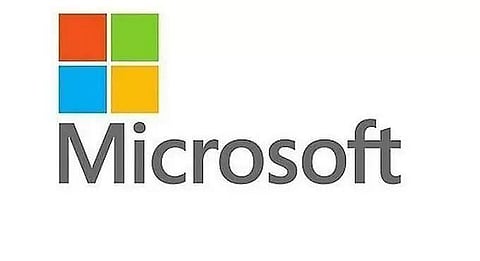
- Home
- Live Blog
- Breaking News
- Top Headlines
- Cities
- NE News
- Sentinel Media
- Sports
- Education
- Jobs

NEW DELHI: Microsoft blocked over 13 billion malicious and suspicious mails in 2019, of which more than 1 billion were phishing credential attacks.
In 2020, the tech giant is busy tackling misinformation around COVID-19 as cybercriminals pivoted lures to imitate trusted sources like the World Health Organisation (WHO) and other national health organisations, to get users to click on malicious links and attachments.
COVID-themed attacks are targeting prominent governmental healthcare, academic, and commercial organisations to perform reconnaissance on their networks or people, according to Microsoft's annual Digital Defense Report.
China, the US and Russia were hit the hardest but every country in the world saw at least one COVID-19-themed attack.
The report found that threat actors have rapidly increased in sophistication over the past year, using techniques that make them harder to spot, threatening even the savviest targets.
The data were gathered from over 1.2 billion PCs, servers and Internet of Things (IoT) devices that accessed Microsoft services, as well as 630 billion authentication events, 470 billion emails analyzed for threats, and more than 18 million URLs scanned.
"Cybercriminals are opportunistic and have capitalised on interest and fear related to the COVID-19 pandemic and other disruptive events.
"They have also focused on targeting their ransomware activities toward entities that cannot afford to be offline or without access to records during critical periods of the pandemic, like hospitals and medical research institutions," said Mary Jo Schrade, Assistant General Counsel, Microsoft Digital Crimes Unit, Asia.
Since 2010, Microsoft's Digital Crimes Unit has collaborated with law enforcement and other partners on 22 malware disruptions, resulting in over 500 million devices rescued from cybercriminals. (IANS)
HEADLINE:
KW: